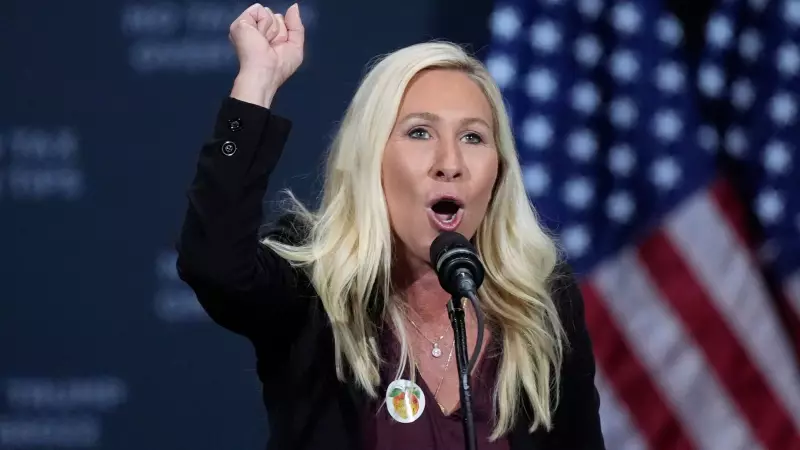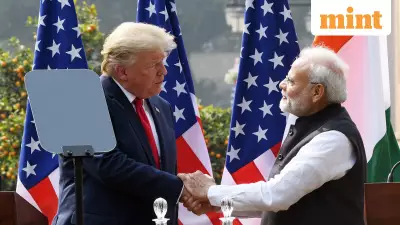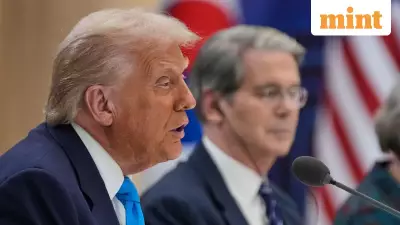
The political landscape of the Republican Party witnessed another dramatic chapter as firebrand congresswoman Marjorie Taylor Greene found herself at odds with former President Donald Trump. Their public falling out has sent shockwaves through conservative circles, revealing deep fractures within the GOP establishment.
The House Speaker Battle That Changed Everything
The rift between Greene and Trump became publicly visible during the intense House Speaker elections that followed Kevin McCarthy's ouster. While Trump publicly endorsed Representative Jim Jordan for the position, Marjorie Taylor Greene took a different path. She emerged as one of the most vocal supporters of Representative Mike Johnson, ultimately helping him secure the Speaker's gavel.
This divergence in political strategy marked the beginning of visible tensions between the Georgia representative and the former president. Greene's successful backing of Johnson demonstrated her growing influence within House Republican circles, but it also positioned her against Trump's preferred candidate.
Growing Tensions and Public Disagreements
The conflict reached its boiling point when Marjorie Taylor Greene initiated a motion to remove Mike Johnson as Speaker. This move directly contradicted Trump's wishes, as the former president had clearly expressed his support for Johnson. Trump took to his Truth Social platform to endorse Johnson, calling him "doing a really good job" and emphasizing the importance of Republican unity.
Greene's determination to oust Johnson created an irreconcilable difference with Trump. The former president made his position unmistakably clear, stating that it was not the right time for pursuing such divisive actions within the party. This public disagreement highlighted the changing dynamics between the two conservative firebrands.
The Personal and Political Consequences
The fallout has significant implications for both figures. Marjorie Taylor Greene, who had positioned herself as one of Trump's most loyal allies, now faces the challenge of navigating Republican politics without his unequivocal support. Meanwhile, Trump's ability to maintain unity within the far-right faction of the party appears somewhat diminished.
This conflict also reveals the ongoing power struggle within the Republican Party between different factions. The incident demonstrates that even the most vocal Trump supporters may pursue independent political agendas when their interests diverge from the former president's preferences.
Political analysts are watching closely to see how this rift will affect both figures' influence within the party. The situation continues to evolve, with potential consequences for the upcoming election cycles and the balance of power within House Republican leadership.





